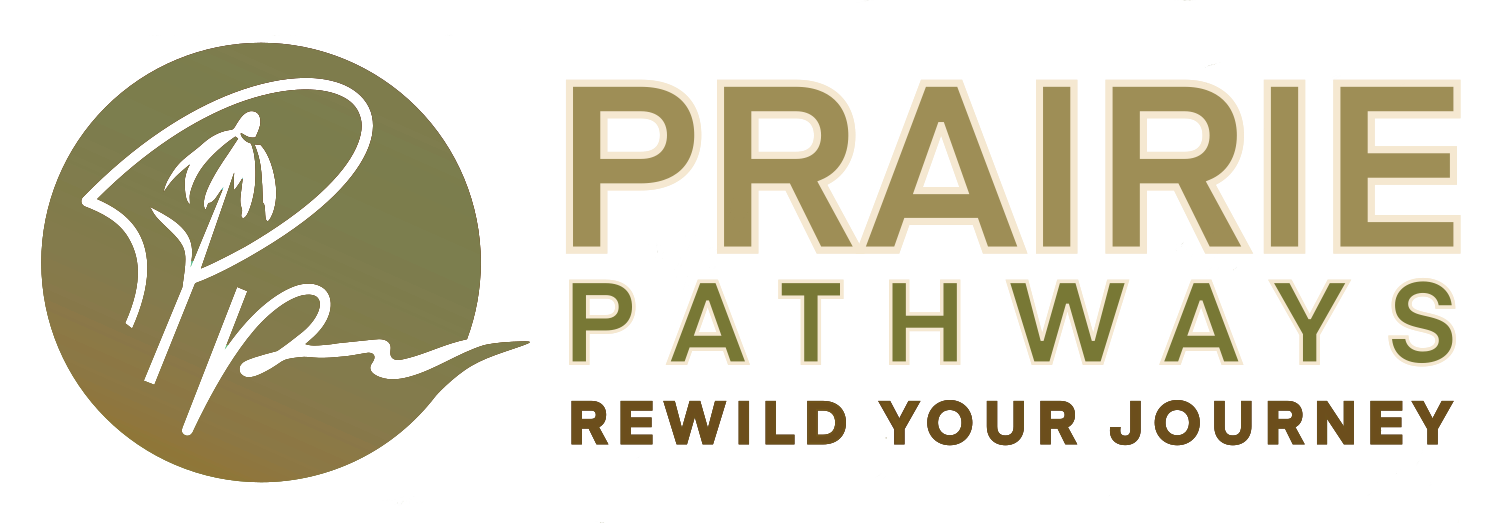Step Three: Think “Community”
This is it.
We’ve committed to enhancing our outdoor space. We’ve decided to start small and keep it simple. We’ve got the location, selected a few plants based on our “why,” and are ready to get into our outdoor space to enhance our patch of earth.
Pause, oh, valiant creator. Pause.
We may have selected plants that meet our “check off the box” criteria (sun, water and soil requirements, etc.), yet if we do not consider “community,” our best intentions and design plans may fail.
We’re not talking about human community here, but plant community. Lest we think humans are the only beings who thrive within a balanced and healthy community, consider that the plant kingdom has been around for hundreds of millions of years (compared to homo sapiens sapiens, or “modern humans,” at a few hundred thousand years). Plants have evolved in specific relationships over these millions of years. This is why a nonnative plant cannot feed our local pollinators (particularly the specialists) as well as a native plant. This is also why a stroll in an undisturbed natural space reveals over and over that specific plants grow together. They have evolved to form a particular community.
Thus, while we may have found 3-5 plants that have the same light requirements to put in our outdoor space, this does not mean they will thrive together, especially if they are not from the same bioregion. Moreover, if we want to plant for success, we must consider not only what plant grows alongside another naturally, but how they grow together, too. For example, the standard practice of separating plants by large swaths of mulch is simply not how most plants naturally grow. They grow in groups, their leaves and/or stems touching one another.
Roy Diblik of Northwind Perennial Farm in Wisconsin is a huge proponent of the “community” approach to gardening and his website offers a photo gallery of what this approach looks like visually (see Resources). Although he is working with larger areas than a 3’x3’ or smaller space, the basic premise that plants succeed naturally within a community is still worth exploring. We do not start out on this gardening journey to fail and we don’t want our plants to either.
P.S. Native plant sales are here! Support our community’s organizations like The Conservation Foundation, the DuPage Forest Preserves and local Wild Ones chapters by placing pre-orders through them.
Resources
Diblik, Roy. Northwind Perennial Farm. “Residential Plantings.” https://www.northwindperennialfarm.com/residential-plantings-gallery
Doyle, James A. 2019. “Plant Evolution.” https://www.accessscience.com/content/article/a522800?implicit-login=true.
DuPage Forest Preserves. “2023 DuPage Forest Preserves Native Plant Sale.” https://www.dupageforest.org/native-plant-sale.
The Conservation Foundation. 2023. “Annual Plant Sale.” https://www.theconservationfoundation.org/mcdonald-farm-annual-plant-sale/.
Wild Ones. 2023. “Native Plant Sales.” https://dupage.wildones.org/native-plant-sales/.

